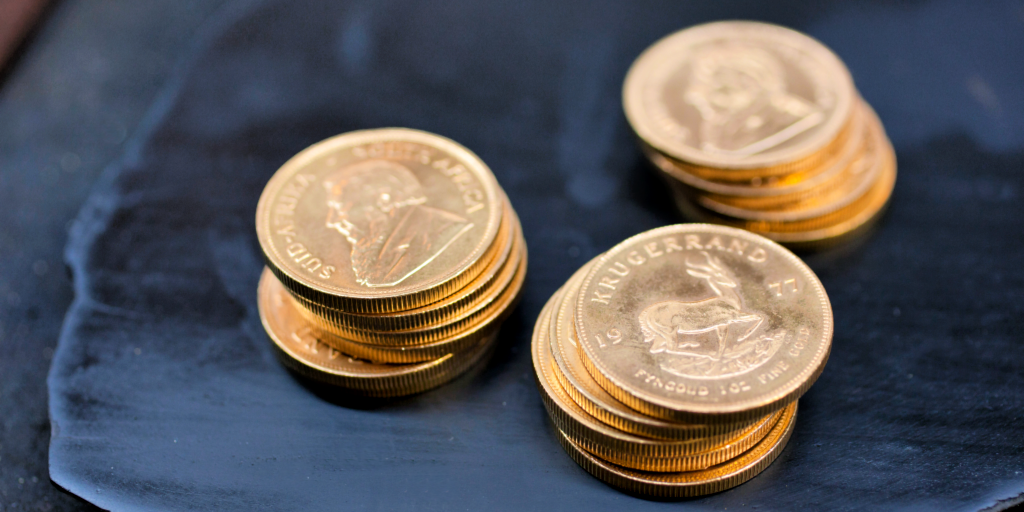Is investing in gold coins and coin collecting the same thing? In a nutshell, no. While they each have value, collectors tend to buy coins as a hobby, selecting ones that are valued for their rarity. Investors, meanwhile, are generally investing in gold coins as a hedge against the economy.
Collectors and investors, however, have one thing in common: their appreciation for gold coins. To understand the draw, let’s look at the history of gold coins in the United States.
The History of the Gold Coin
Foreign coins were once legal tender in the United States. While under the control of Great Britain, early American colonists used both gold and silver as legal tender, also known as known as a bimetallic system. Coin shortages, however, created a need for different types of commodity money. Natives and colonists, for example, often used tobacco, beaver skins and wampum (small beads made from shells) as currency when dealing with each other.
But hard coin was still necessary when dealing with foreign merchants. Foreign gold coins in circulation at the time included the English guineas, gold ducats from the Netherlands, and the Spanish gold doubloon.
That was the case until 1792. Shortly after the United States government was formed, Congress passed The Mint Act, which established the United States Mint and made the United States dollar the country’s standard unit of money. The Mint also began striking U.S. coins, which were required to be made up of certain amounts of gold, silver or copper.
Unfortunately, a shortage in silver and gold at the time didn’t make the transition from foreign currency to a U.S.-based one easy. As a workaround, the government allowed Spanish coins to still be legally recognized—until Californian Gold Rush of 1848.
That influx of gold eventually paved the way to the Coinage Act of 1857, which officially demonetized all forms of foreign currency. Going forward, only gold coins produced in Philadelphia, Dahlonega, New Orleans and San Francisco would be legal tender in the United States.
Coin Collecting Begins
“If a date could ever be chosen for the explosive beginning of popular coin collecting in America, May 25, 1857 would be a likely candidate,” CoinWeek’s David Thomason Alexander explains in 10 Great Moments That Shaped American Coin Collecting. That was the year the copper-nickel Flying Eagle cent was introduced to replace the pure copper large cent. Although it was unpopular, news of the large cent’s demise lead to an interest in finding and saving the coin.
Nowadays, coins are collected based on all sorts of values, including rarity, design, metal type, denominations, date of issue and mintmarks.
Did you know there are more than 400 American Numismatic Association (ANA) member coin clubs across the country? Coin clubs allow people to discuss the history of coins and currency, as well as the role they play in society.
Collecting vs. Investing
Collector and bullion coins are both commodities that aren’t meant for circulation as payment for goods. But while collector coins are valued for their rarity and condition, bullion coins like gold are usually valued for their metal content.
Since bullion coins are a lower value investment, they are a good option for small and first time investors. If you decide to buy gold coins, make sure to buy them from a reputable dealer, like Manhattan Gold and Silver.
Our catalog of gold bullion coins features unique designs from mints all around the world. The gold coins we have available for sale include:
- American Buffalo
- Gold American Eagle
- Australian Kangaroo
- Austrian Philharmonic
- Gold Maple Leaf (Canada)
- Gold Krugerrand (South Africa)
- Gold Britannia (U.K.)
Bullion coins are available in sizes ranging from 1/10 ounce to 1 ounce–so you can choose how much or how little you want to invest in physical gold.
Happy investing (or collecting)!












